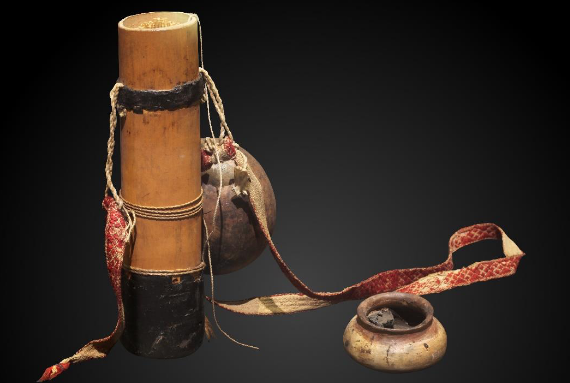What does the adoption of the WIPO Treaty on Intellectual Property Genetic Resources and Associated Traditional Knowledge mean for the Safeguarding of Intangible Cultural Heritage?
Webinar hosted by the ICH NGO Forum’s Working Group on Legal and Policy Developments
Tuesday, 26 November, 4:00 to 5:30 pm (CET)
Join Zoom: https://us06web.zoom.us/j/85180644403
Background
The questions relating to the safeguarding of intangible cultural heritage (ICH) and its protection by intellectual property are historically intertwined. In the 1970s, when ICH was known as “folklore”, UNESCO sought to tackle simultaneously all the issues its
protection could raise, whether economic, social, or cultural.1 In 1978, the urge was felt to single out cultural issues, namely those relating to the identification, documentation, and preservation of ICH, from the problems related to its exploitation.2
From this point forward, the study of ICH in international law split into two branches.
The first branch, entrusted to UNESCO, endorsed an overall approach to study the safeguarding of ICH, which led to the adoption in 2003 of the Convention on the Safeguarding of the ICH (the 2003 Convention). The second branch was dedicated to
examining a protection as intellectual property in association with the World Intellectual Property Organization (WIPO). Progressively, both branches were disconnected and at the end of the twentieth century, WIPO launched a reflection on the intellectual
property issues that arise in the context of the protection of traditional knowledge3, which triggered the establishment in 2000 of the Intergovernmental Committee on Intellectual Property and Genetic Resources, Traditional Knowledge and Folklore (IGC
committee).
After more than twenty-five years of studies on the issue of the protection of genetic resources, traditional knowledge, and traditional cultural expressions, the international community adopted in May 2024 the WIPO Treaty on Intellectual Property, Genetic
Resources and Associated Traditional Knowledge.4 Consequently, the 2003 Convention and the new WIPO treaty partially overlap as they both encompass as subject matter traditional knowledge associated with genetic resources, such as the
use of a traditional herbal medicinal plant to fight fatigue.
The goal of this webinar is to present what this new treaty means for the safeguarding of ICH in simple understandable terms by highlighting key concepts and explaining how it can affect ICH bearers, practitioners and cultural
heritage professionals.


